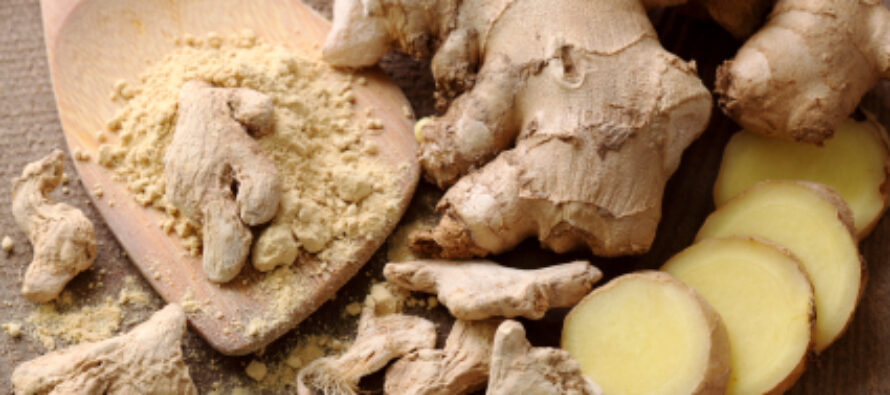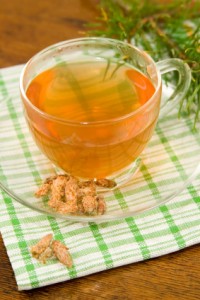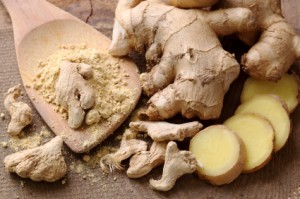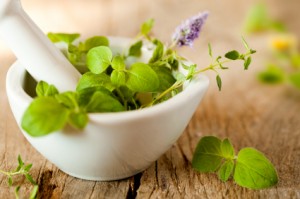Roots, Twigs, Barks and Parts: The Home Apothecary

Did you know that you can heal yourself and your family frugally by making many remedies in your own kitchen, using plants from your garden or that you’ve foraged? Making your own home remedies from plants (called herbalism) isn’t hard once you understand the basic methods involved, and the home apothecary can also include many preventative concoctions that will help prevent illness in the first place. While there are many medical conditions that will require the intervention of a doctor (be it a Western or Eastern practitioner, or a Naturopath), herbalism is the oldest form of medicine and there’s a reason we still use it today. In fact, many medical drugs requiring a prescription are made using plants.
This ‘spin is devoted to the methods involved when making home medicines. In future ‘spins we’ll focus on specific ingredients. But there is such a huge pharmacopoeia worldwide of beneficial and medicinal plants, it will be hard to pick which ones to focus on! But no matter which plant you use, these are the basic methods you’ll use to process your plants for the home apothecary:
Tinctures
Tinctures are made using a base of alcohol (such as vodka) into which you steep your plants for a period of time, depending upon the plant you’re using. After the recommended steep time, the mixture is strained through muslin or cheese cloth to remove all of the plant parts, and stored in a dark glass container with a tight-fitting lid. Tinctures are usually taken as drops, and because of this are frequently stored in bottles where the lid doubles as a dropper. Tinctures last for quite awhile because of their alcohol base, which acts as a preservative for the active ingredients.

Pine bud tea is an example of an infusion, where plant parts are steeped in hot water then drunk immediately.
Infusions
Another term for infusion is tea. Dried or fresh leaves and flowers are steeped for about 10 minutes in water that has come to a boil then removed from heat, to extract the active ingredients (do not boil the herbs, just steep them in the hot water). The most medicinal benefit occurs from drinking a fresh infusion rather than one that has sat in the refrigerator.
A tisane is a mild form of an infusion, and generally comes packaged in tea bags. Tisanes (such as chamomile tea or peppermint tea) are steeped for shorter periods of time. Syrups are also forms of infusions, where honey, maple syrup, or similar is added in enough concentration to thicken the infusion.
Decoctions
Roots, twigs, barks, and berries are the plant parts used in decoctions. Boiling water is needed to extract the active ingredients, and unlike infusions, the plant parts are indeed boiled along with the water. After the recommended boiling period (which varies depending upon the plant), the liquid is then strained and is frequently served hot with a sweetener such as honey. Decoctions will last for about three days when stored in the refrigerator.
Essential Oils
Essential oils are frequently used in tinctures, steam inhalation, aromatherapy, and therapeutic massage, but it is only through steam distillation that you can make your own proper essential oils. Because of this, it is often easier to purchase essential oils for use in the home medicine cabinet as it can take quite a lot of herbs to distill them at home.
Extracts
“Extract” is a generic term used to describe tinctures, infusions, and decoctions. It simply refers to active ingredients from plants that are extracted for use in a liquid form. This term is sometimes used interchangeably with other terms but it is important to understand the distinction, especially if you need to discuss a problem with a health care practitioner (just to make sure you’re both on the same page).
Maceration
For some delicate plants or sensitive chemicals in the plants, hot water is too harsh and might negate the medicinal benefits offered by the plant. In these cases bruised plant parts are covered with cold water and left to sit overnight, which provides time for the plant chemicals to seep in the water. In the morning the plant parts are strained out and the liquid is taken internally.

Ginger is very versatile and can be taken internally via decoctions and powders, and externally as poultices or compresses.
Powders
Powdered plant parts can be added to liquids or onto foods, or placed into capsules. You must thoroughly dry the plant parts first, and then grind them fine using a mortar and pestle, or a coffee grinder.
Poultices and Compresses
Unlike the above methods, compresses and poultices are applied externally directly onto what ails you. Crushed plant parts are used for poultices, first boiling the plants so they become soft and pliable. You can also mix powders with warm water to make a poultice. Poultices help to soothe bruises, and help heal open wounds and abscesses.
Compresses differ slightly in that cloth is soaked in an infusion or decoction, then applied to the skin. They are milder than poultices, and can be held close to the skin via a bandage if needed.
This article was originally published on Rural Spin
Visit: EZ Battery Reconditioning To Learn More here: http://www.survivalistdaily.com/ezbatteryreconditioning








Let me tell You a sad story ! There are no comments yet, but You can be first one to comment this article.
Write a comment